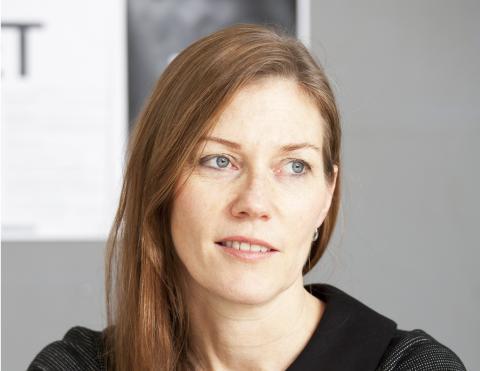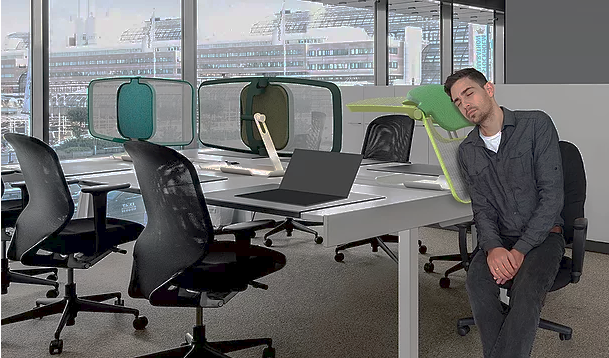
Two debates are occupying the American conscious these days. The first is whether America will follow the UK down a path of nationalism and vote in a president who believes the best way forward is to batten down hatches and close borders. The second is the ongoing debate about firearms in the wake of yet another mass shooting.
By default, speaking in an American accent has made me an ambassador of the US. I frequently find myself in the uncomfortable position of being asked by friends in Australia and Europe to explain the inexplicable when it comes to American’s fascination with many things. Their questions flummox me. I can’t explain Donald Trump, guns, the Kardashians or even topics close to my heart that I know a bit about, such as why Americans are so darn traditional when it comes to their workplaces.
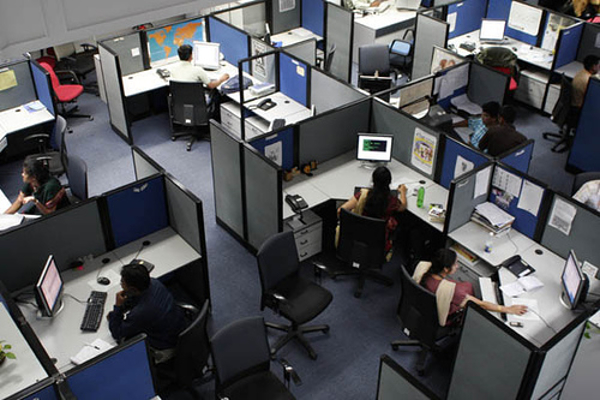
lagging behind other countries interms of embracing progressive
approaches to increasing productivity.
For a country who maintains they’re ahead of all others, the US are very slow in the adoption of new attitudes, ideas and ways of working. This places America behind others when it comes to contemporary workplace design, the Netherlands, Australia and New Zealand come to mind. Workplaces comprised of: private offices, offices of different sizes, formal boardrooms and reception areas and policies that dictate employees be present in the office from 9 to 5 seem like the Dark Ages to many, but they’re alive and kicking in America.
It’s generally my practice to adopt a snarky, highbrow ‘I’m so much more enlightened’ attitude when it comes to these things, but in a modicum of humility I am going to use myself as an example of how easy it is to dismiss the unfamiliar. My experience began at gate 7B in the Seattle Tacoma International Airport where I was waiting and reading the Fast Company Coexist Newsletter. Suddenly I got distracted by a loud snoring sound emanating from a man lying nearby who was stretched across four seats.
Naturally, I gave him the stink eye, which he didn’t see because he was asleep. Seriously, does the guy have to sleep in the airport, can’t he sleep at home? After all, the flight we were boarding did not have a particularly early departure, nor was it international. As an aside, American’s are cry-babies when it comes to flying. They bring snacks, movies and neck support pillows, and when queried about the length of travel they roll their eyes and say “Aggghhh 3 hours!” Good lord, I’d hate to see them on QF1: Melbourne to Dubai, connecting to QF9 to London – 31 hours 25 minutes.
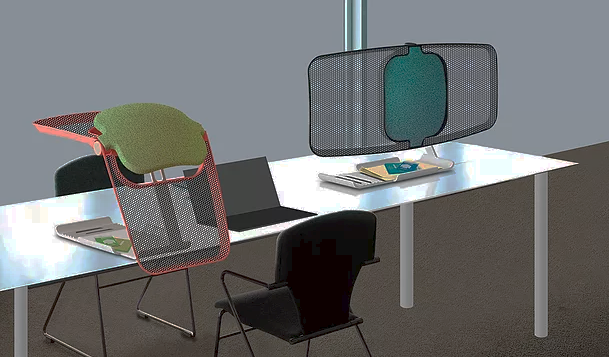
design firm Joynout "can be transformed from a desk divider that
gives privacy, to a platform for relaxation in just two simple steps."
Image from Joynout.
The conundrum I was faced with that morning was as I was feeling annoyed by a man sleeping in a public place, the article I was reading was about naps. It featured Sharon Liverant’s design [See topmost image from Joynout.] for an accruement that converts a desktop screen to a pillow. Liverant is a young architect who works with an Israel-based design company, he came up with the idea when he was a student and couldn’t find anywhere to sleep in the studio. Surprise! When he graduated he learned most offices also have no nap room, nor are they willing to allocate the space for one.
Westerners chuckle at the idea of a nap at work, but the topic arose many times in interviews with employees from a large engineering firm that I was creating standards for a few years ago. We learned that in order to adapt the Australian workplace to Asia, it was necessary to acknowledge their cultural preference to take a midday nap. Consequently, a room to store mats was required, as was a place to hang rain drenched ponchos worn while scootering to work.
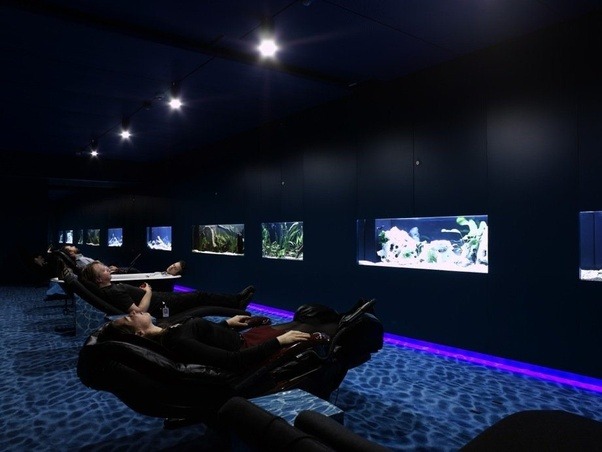
improve mood, alertness, and performance.
Sharon Liverant not only identified a problem, he also did his research. While a nap does not make up for inadequate or poor night-time sleep, the National Sleep Foundation in the US suggests a 20 or 30 minute snooze can improve mood, alertness and performance. In fact, some very influential people were famous daytime nappers: Winston Churchill, JFK, Einstein, Thomas Edison and GW Bush.
That’s an oxymoron! Perhaps it is more appropriate to use W as a representation of the stigmas associated with napping that discourages individuals from taking them, and organisations from providing places to do so. These include such misplaced notions as: napping indicates laziness, a lack of ambition, low standards and is only for the very young or very old. The sad reality is research indicates the opposite.
Naps restore alertness, enhance performance and a they reduce mistakes and accidents, a NASA study on pilots found a 40 minute snooze improved performance by 34% and alertness by 100% . On the other hand, Dr. Charles A. Czeisler from the Harvard Medical School advises that 24 hours without sleep, or a week of sleeping four or five hours a night, produces impairment equivalent to a blood alcohol level of .1%.
With these results in mind Dr. Czeisler suggests top executives have a critical responsibility to take sleeplessness seriously due to the impact it has on cognitive performance. If company leaders really care, then they must recognise the problems that contemporary work and travel schedules create which are only exacerbated by a social culture that glorifies sleeplessness. Who hasn’t been exposed to colleagues boasting about how busy they are, how many emails they have and how very little personal time their important job affords them? They’re so busy, they hardly have the time to tell you how busy they are.
Organisations worldwide have rules and policies designed to protect. In the office employees are not allowed to smoke or sexually harass one another, but few companies have rules related to working too hard, too long or with too little sleep. Perhaps we’ve reached a time when our awareness of health and wellbeing will combine with what research has shown. Is not taking a nap is the new smoking? Will those sleep pods suddenly take off? Will nap rooms be the norm?
Ha ha ha Yeah right! More likely businesses’ reactions will be similar to mine when I encountered the sleeping guy in the airport, a dismissive grunt – and I of all people should have known better given my past experience and fondness for naps! Rather than embrace naps organisation may more likely concoct narratives to leverage the research as evidence of the need to maintain private offices, or some other malarkey.
Sadly that would leave Sharon Liverant’s ingenious design with no hope for adoption. Despite the fact that it rotates and flips down to convert the desk into a place to rest, complete with a padded felt centre that blocks noise and a light weight net frame that acts as an ergonomic cushion, his invention might well go the way of so many other great ideas that were ahead of their time like virtual reality headsets, Google Glass and the Earing Magic Ken doll. ![]()
Sources:
- The National Sleep Foundation
- CoExist Newsletter, “This Device Transforms Your Desk into a Place to Take a Nap at Work”, Fast Company June 6, 2016
- Fryer, Bronwyn, “Sleep Deficit the Performance Killer” HBR, October 2006 issue.
This article was reposted in its entirety from Futures Rambling. To view the original article, click here.

